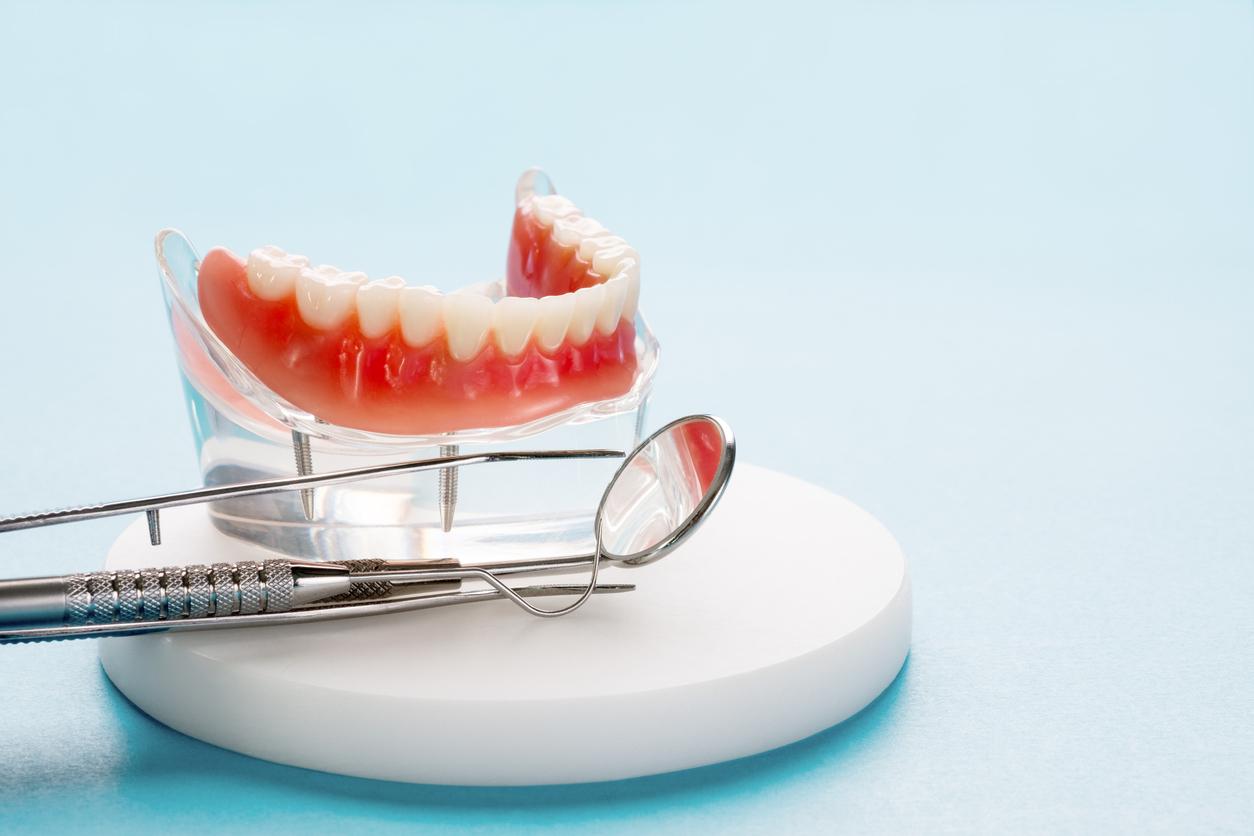“I’m scared / It itches, it burns / It hurts / It stings and itches / Ah, oh my genitals * » Vaginal yeast infection, once taboo, has become a song theme for rock bands! Words full of humor in an offbeat universe that should not make us forget an often painful reality. Vaginal yeast infection can be a real handicap for many women.
What are they due to?
To a fungus, candida albicans, in 80% of cases. It is naturally present in the vaginal flora but, when it is found in abnormally high quantities, it is called a yeast infection. Either these fungi come from the digestive tract, where they developed following antibiotic treatment, diarrhea, to then contaminate the vagina. Either they have multiplied on a weakened vaginal mucosa, by too tight clothing, more intense sexual activity … Quickly appear itching, burning sensations and especially white discharge resembling lumps.
Is it sometimes a question of hygiene?
Too frequent toilets, too intrusive (shower gel inside the vagina) or with aggressive products destroy lactobacilli (vaginal flora) and promote yeast infection. Another mistake, wiping from the back to the front when you have a bowel movement: you risk bringing fungus from the anus to the vagina.
The solution : wash each day with a product without soap and antiseptic, with neutral pH, in order to respect the lactobacilli necessary for the balance of the flora.
Why is this problem so common?
Because the period of the rules and vaginal dryness at menopause are more conducive to imbalances in the flora, and therefore to yeast infections. No doubt also because the use of sanitary napkins and tampons promotes irritation and the occurrence of yeast infections in some people. “On the other hand, I don’t think we can catch any at the pool, specifies Dr Sandrine Brugère, gynecologist. But the chlorine contained in the water, associated with wearing a wet swimsuit, can weaken the vaginal flora and mucosa, thus promoting this type of infection. ”
How to treat vaginal yeast infection?
In case of itching appearing after taking antibiotics, for example, you can ask your pharmacist for prolonged-release antifungal eggs (Gyno-® …). We slip a first into the vagina as soon as possible, followed by a second 5 days later. An antifungal cream should also be applied to the vaginal mucosa, morning and evening for 8 days, even if the signs have disappeared before the end of treatment. If in doubt, it is advisable to talk to your doctor.
What to do in the event of recurrence?
Consult your gynecologist, who will confirm the diagnosis by taking a sample. He will prescribe oral antifungal drugs (capsules), either in a single dose, or at a rate of one capsule weekly for several weeks if recurrences are frequent. “We are trying to reduce the amount of fungi in the digestive tract”, explains Dr Brugère.
Then, it all depends on the circumstances of the recurrence. If yeast infection frequently occurs following antibiotic treatment, a vaginal ovum will be prescribed for prevention during drug treatment. Likewise, women in whom yeast infections tend to reappear at the end of each menstrual cycle will take preventively an egg at the end of their period for six months.
Are probiotics effective in prevention?
As a treatment of 2 to 3 weeks, they can help maintain the balance of the intimate flora or restore the intestinal flora, and thus limit the development of fungi (Hydralin Flora ® or Médigyne ®). Women who have recurrence at the end of the cycle can also use hygienic tampons enriched with Döderlein lactobacilli, a kind of “vaginal gendarmes” (for example, Florgynal® Probiotic tampon). Cotton underwear should also be preferred. Finally, it is better to avoid wearing panty liners all the time, or at least to change them several times a day, especially if they have a plastic film that promotes perspiration and maceration.
Is there a risk for the partner?
Candida albicans yeast infections are not considered to be sexually transmitted diseases and are not very contagious, especially since the genital mucosa of men is generally less fragile than that of women.
But they can be transmitted when they are very important or in the event of particular fragility in men or women. If, despite the discomfort, you want to have sex, it is better to use a condom.
In any case, the partner must be treated, if he also feels itchy.
Be careful not to confuse
Yeast infections are not chlamydial (sexually transmitted) infections or bacterial vaginosis.
Although these infections sometimes cause itching and white discharge. In case of doubt, it is therefore always preferable to consult. The doctor will then take a sample of the losses and send it to the laboratory for analysis. During the exam, he or she can also measure the vaginal pH (level of acidity in the vagina) with a test paper, a high pH being characteristic of vaginosis. Once the diagnosis is made, he can prescribe the appropriate treatment.
Our expert – Dr Sandrine Brugère, gynecologist, president of the FNCGM (National Federation of Colleges of Medical Gynecology)
* “Mycose”, a title of the rock group La Femme, on the album “Mystère” (2016).
|
Vaginal yeast infection in figures 3 in 4 women will have at least one vaginal yeast infection in their lifetime. Source: “The Lancet”. 40% of women have at least 2 yeast infections per year. And 10% can even have 4 per year. Sources: “Medicine & Hygiene” and “Dermatological Therapeutics”. |
















